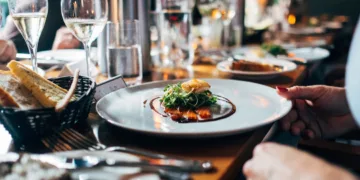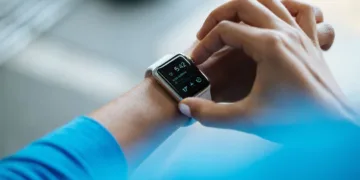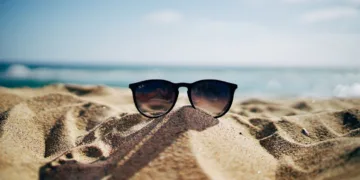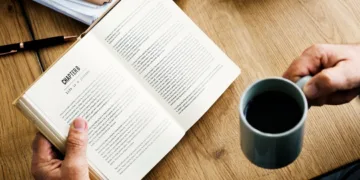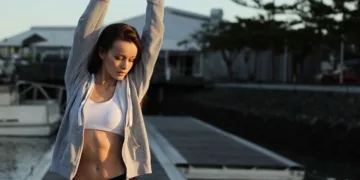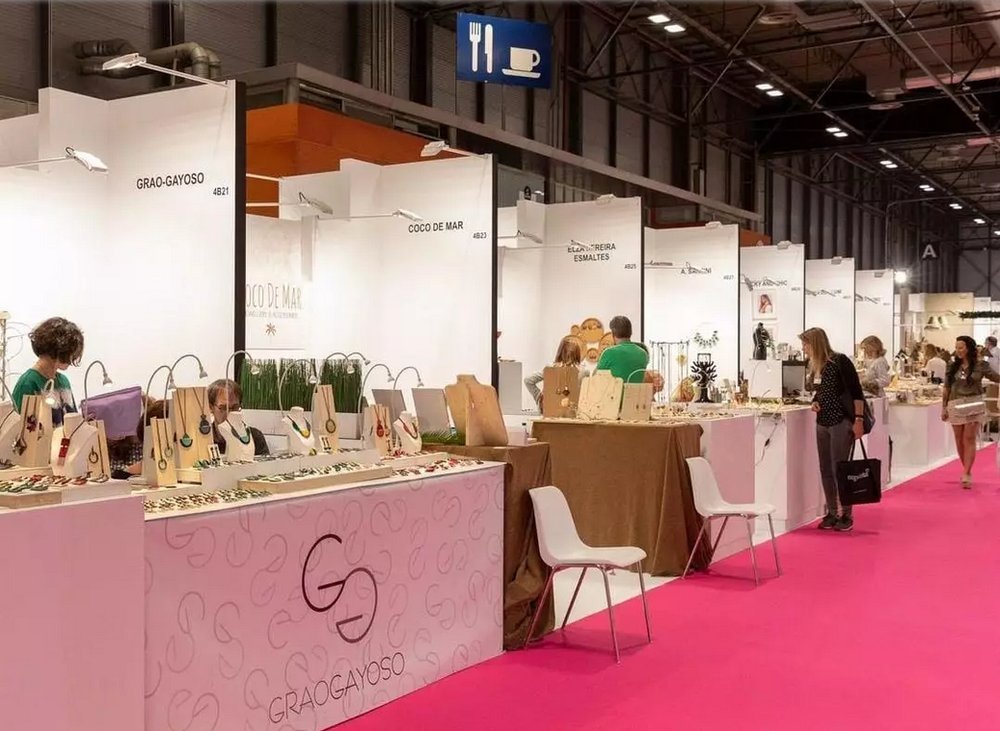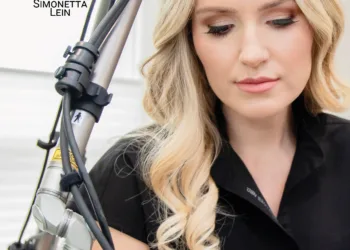Table of Contents
- Introduction
- How to Get Started as an Interior Photographer: Tips for Beginners
- What Equipment Do You Need to Become an Interior Photographer?
- How to Find Interior Photography Clients and Build Your Portfolio
- How to Use Lighting and Composition to Create Stunning Interior Photos
- How to Edit Interior Photos for Maximum Impact and Professional Results
- Conclusion
«Capture the Beauty of Interior Spaces – Become an Interior Photographer Today!»
Introduction
If you have a passion for interior design and photography, becoming an interior photographer may be the perfect career for you. Interior photography is a specialized field that requires a unique set of skills and knowledge. To become an interior photographer, you must have an eye for detail, a creative eye, and a good understanding of lighting and composition. You must also be able to work with clients to capture the perfect shot. In this guide, we will discuss the steps you need to take to become an interior photographer. We will cover topics such as the necessary equipment, the best practices for taking interior photos, and how to market yourself as an interior photographer. With the right knowledge and dedication, you can become a successful interior photographer.
How to Get Started as an Interior Photographer: Tips for Beginners
Interior photography is a great way to capture the beauty of a space and share it with the world. Whether you’re a professional photographer or just starting out, there are a few tips to help you get started.
First, it’s important to understand the basics of interior photography. You’ll need to know how to use your camera and lighting equipment to capture the best images. You should also familiarize yourself with the different types of interior photography, such as architectural, residential, and commercial.
Once you’ve got the basics down, it’s time to start planning your shoots. Think about the type of space you’ll be photographing and the type of images you want to capture. Consider the lighting, angles, and composition of the space. You should also think about the type of equipment you’ll need, such as tripods, reflectors, and lenses.
When you’re ready to start shooting, make sure you take the time to set up your equipment properly. This will help you get the best results. You should also take the time to adjust the lighting and angles to get the most out of your shots.
Finally, it’s important to remember that interior photography is all about capturing the beauty of a space. Take the time to explore the space and find the best angles and lighting to capture the most stunning images.
By following these tips, you’ll be well on your way to becoming an interior photographer. With practice and patience, you’ll be able to create stunning images that capture the beauty of any space.
What Equipment Do You Need to Become an Interior Photographer?
To become an interior photographer, you will need a range of equipment to ensure you can capture the best possible images. The most important pieces of equipment you will need are a camera, lenses, lighting, and a tripod.
Camera: A digital camera with a high resolution is essential for interior photography. Look for a camera with a large sensor and a wide range of ISO settings. This will allow you to capture images with a high level of detail and clarity.
Lenses: You will need a range of lenses to capture different types of interior shots. A wide-angle lens is essential for capturing the entire space, while a telephoto lens is useful for capturing details.
Lighting: Natural light is often the best option for interior photography, but you may need to supplement it with artificial lighting. Look for lighting equipment that is adjustable and can be used to create different effects.
Tripod: A tripod is essential for interior photography as it will help you keep your camera steady and ensure your images are sharp. Look for a tripod that is lightweight and easy to set up.
In addition to the above equipment, you may also need a laptop or computer to store and edit your images. You may also want to invest in a range of accessories such as filters, reflectors, and diffusers. With the right equipment, you can create stunning interior photographs.
How to Find Interior Photography Clients and Build Your Portfolio

Interior photography is a great way to showcase the beauty of a space and to help potential clients envision what their own space could look like. As an interior photographer, it is important to build a portfolio of your work in order to attract potential clients. Here are some tips on how to find interior photography clients and build your portfolio.
1. Network: Reach out to interior designers, architects, and other professionals in the industry. Attend industry events and conferences, join professional organizations, and make connections with people who may be interested in your services.
2. Use Social Media: Social media is a great way to showcase your work and to reach potential clients. Create a portfolio website and post your work on Instagram, Facebook, and other social media platforms.
3. Offer Discounts: Offer discounts to interior designers and other professionals in the industry in exchange for the opportunity to photograph their work. This is a great way to build your portfolio and to get your name out there.
4. Ask for Referrals: Ask your current clients for referrals. Word of mouth is a powerful tool and can help you find new clients.
5. Create a Blog: Create a blog to showcase your work and to provide helpful tips and advice to potential clients.
By following these tips, you can find interior photography clients and build your portfolio. With a strong portfolio and a good network of contacts, you can become a successful interior photographer.
How to Use Lighting and Composition to Create Stunning Interior Photos
Interior photography is a great way to capture the beauty of a space and showcase its unique features. To create stunning interior photos, it is important to understand how to use lighting and composition to your advantage.
Lighting is one of the most important elements of interior photography. Natural light is often the best option, as it can create a warm and inviting atmosphere. If natural light is not available, artificial lighting can be used to create a desired effect. When using artificial lighting, it is important to consider the direction and intensity of the light. Soft, diffused lighting is often the most flattering for interior photography.
Composition is also key to creating stunning interior photos. When composing a shot, consider the lines, shapes, and colors of the space. Look for interesting angles and perspectives that will draw the viewer’s eye. It is also important to consider the balance of the image and how the elements of the space interact with each other.
Finally, it is important to pay attention to the details. Look for interesting textures, patterns, and objects that can add depth and interest to the image.
By understanding how to use lighting and composition to your advantage, you can create stunning interior photos that capture the beauty of a space. With a little practice and experimentation, you can create beautiful images that will be cherished for years to come.
How to Edit Interior Photos for Maximum Impact and Professional Results
Interior photography is an art form that requires skill and attention to detail. With the right techniques, you can create stunning images that capture the beauty of a space and make it look its best. Here are some tips for editing interior photos for maximum impact and professional results.
1. Start with the basics. Before you start editing, make sure your photo is properly exposed and composed. Adjust the white balance, exposure, and contrast to get the best possible image.
2. Enhance the colors. Use color correction tools to make the colors in your photo pop. Adjust the hue, saturation, and brightness to bring out the best in the colors.
3. Add depth. Use sharpening and blur tools to add depth and dimension to your photo. This will help draw the viewer’s eye to the important elements in the image.
4. Remove distractions. Use the clone stamp tool to remove any unwanted elements from the photo. This will help keep the focus on the interior design.
5. Add a finishing touch. Use vignetting and other effects to add a professional touch to your photo. This will help create a polished, finished look.
By following these tips, you can create stunning interior photos that will make your space look its best. With a little practice and patience, you can create professional-looking images that will impress your clients and make your work stand out.
Conclusion
Becoming an interior photographer requires a combination of technical skill, creative vision, and business savvy. It is important to have a good understanding of lighting, composition, and camera settings, as well as an eye for detail and an understanding of the interior design industry. Additionally, it is important to have a strong portfolio, a good network of contacts, and a good understanding of marketing and promotion. With the right combination of skills and dedication, anyone can become an interior photographer.









